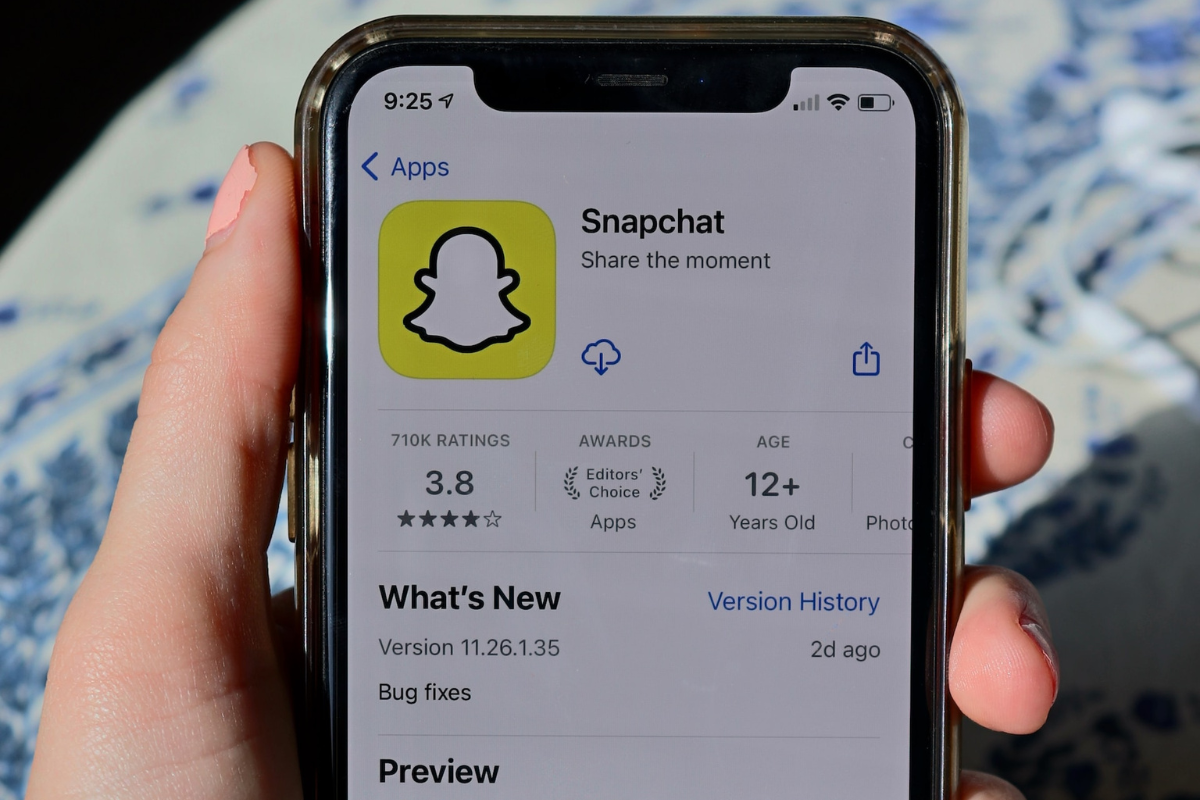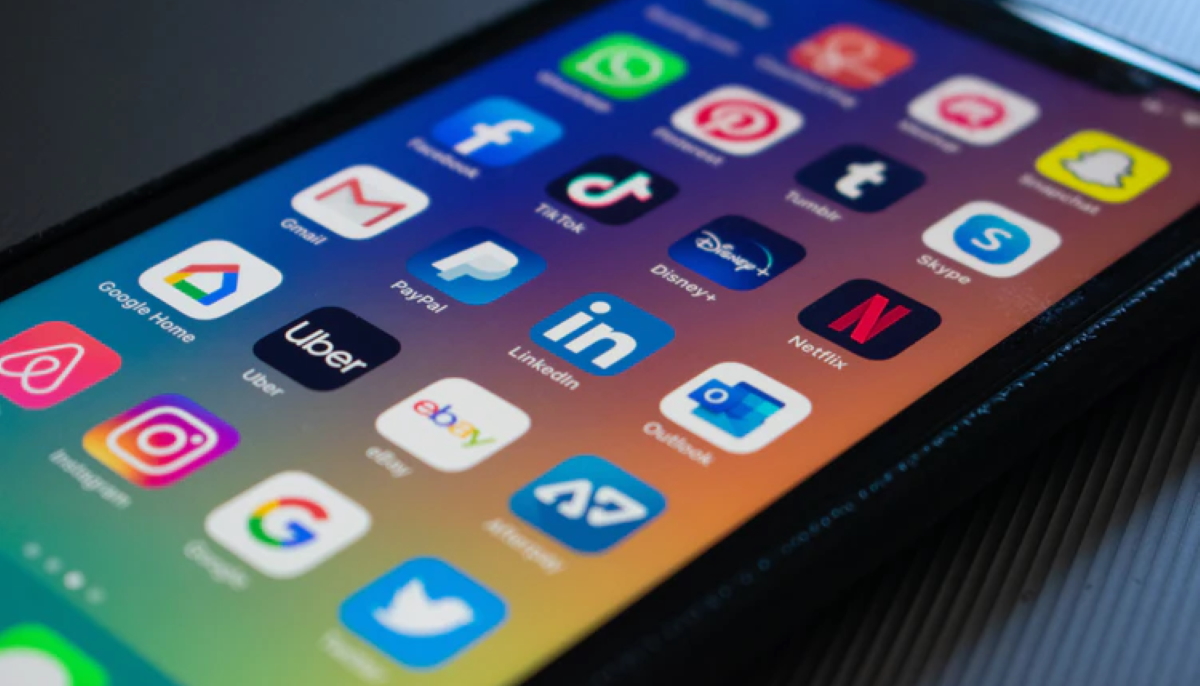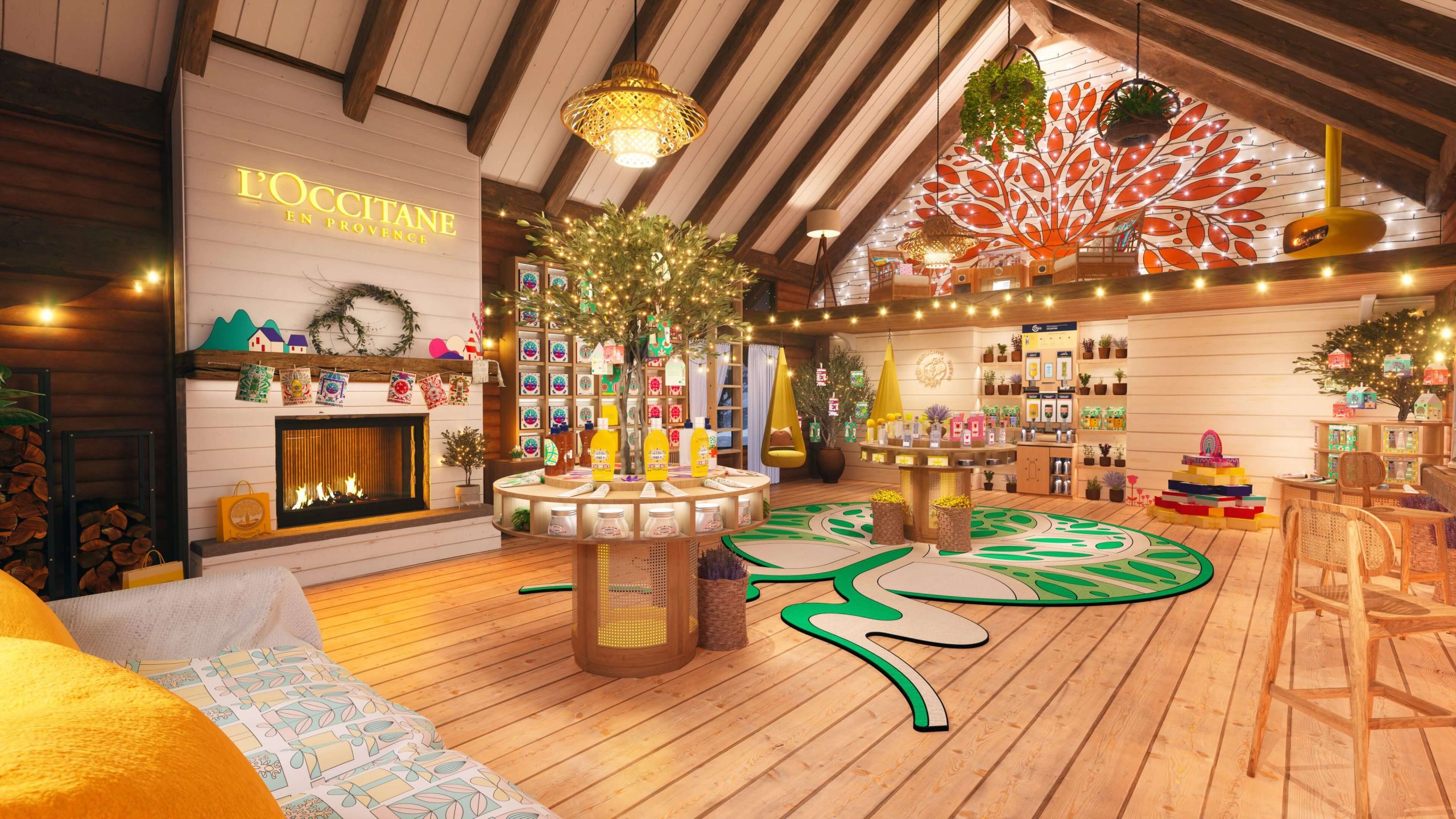Innovation Lab: Sweaty Billboards, Flying Selfie-sticks and Electric Shrubs
- Friday, April 22nd, 2016
- Share this article:
At Mobile Marketing were proud to help tech companies showcase their cutting-edge solutions, whether its on our website, in our magazine or at our Mobile Marketing Summits. Giving a platform to companies that are breaking new ground in their market brings audiences one step closer to the ideas and developments that will shape tomorrow.
In that spirit, our Innovation Lab feature takes a step beyond the world of apps, ads and handsets with slightly bigger screens, in order to share some of the tech worlds innovative ideas. They might be interesting, disruptive or just outright strange, but these are the stories that have caught our eye over the past week.
Billboard Entraps Mosquitoes by Mimicking Human Sweat
With the Zika virus outbreak in South America declared an international public health emergency, searching for ways to control mosquito populations have never been more important, and two ad agencies in Brazil have come up with a unique way to trap and kill the pests.
Posterscope and NBS have created a special billboard that emits a solution of lactic acid and carbon dioxide that mimics human sweat and breath, attracting and trapping mosquitoes within the billboard where they eventually die from dehydration. The billboards, which also utilise UV light to draw in the insects, can attract Aedes aegypti, the species that carries the Zika virus, from up to 1.5 miles away.
Two of the billboards have been installed in Rio de Janeiro, and the companies have released the design online under the Creative Commons license, enabling other companies and cities to create their own. The billboards cost around $500 (£350), and so could prove a relatively cheap solution to helping slow the spread of Zika.
“I think anything that can be done to reduce the prevalence of the mosquito is a good thing,” said Dr Chris Jackson, a pest control expert at the University of Southampton, speaking to the BBC. “Particularly devices like this that attract and kill females that feed on blood, as it is only female mosquitoes that bite.”
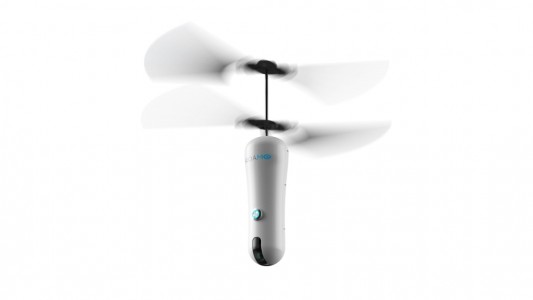 Flying Selfie Stick Readies for Launch
Flying Selfie Stick Readies for Launch
Australian firm The IoT Group has signed an exclusive manufacturing agreement with drone makers AEE Technology to produce its ROAM-e Flying Selfie Stick, a compact drone designed specifically for taking self-portrait pictures.
The small drone, which is around the size of a water bottle, can reach speeds of up to 25km per hour with a flying time of around 20 minutes. It includes facial recognition technology to remain focused on its subject, as well as object detection & avoidance capability, and a Follow Me mode to track users on the go.
“IoTs mission is to make tomorrows technology affordable today,” said Ian Duffell, executive director of The IoT Group. “We were just sitting around thinking how can we improce on the selfie stick?. I mean, millions of those have been sold worldwide and the appetite for selfies isnt going away with everyone using social media to show their selfies.”
The manufacturing deal will see up to 50,000 devices produced a week to keep up with the initial demand the product has attracted. AEE has manufactured UAVs and drones for police and military use, and has supply capabilities in the US, Europe, Japan and Australasia, so you can expect to see the ROAM-e flying in those areas soon.
Charge Your Phone with a Plant Pot
If youre looking for a much more attractive and environmentally friendly alternative to a traditional phone charger, then the Bioo Lite by Barcelona-based designers Arkyne Technologies is for you, as their creation can charge your device with a single plant.
The device takes advantage of the plants photosynthesis process, combined with specialised bacteria in the pot that break down the organic compounds produced by the plant as it creates oxygen. These compounds then release electrons that are harvested with nanowires, and in turn power a traditional USB port than can be used to charge your phone.
According to Arkyne, the Bioo Lite can charge a standard smartphone three times a day, and generates power both day and night. The output is a little lower than standard USB ports, so devices will take longer, but its a method of power with a negative carbon footprint, which is definitely worth something.
The Bioo Lite is currently seeking funding on Indiegogo, and the company plans to start shipping as early as December 2016, having already met their initial goal.
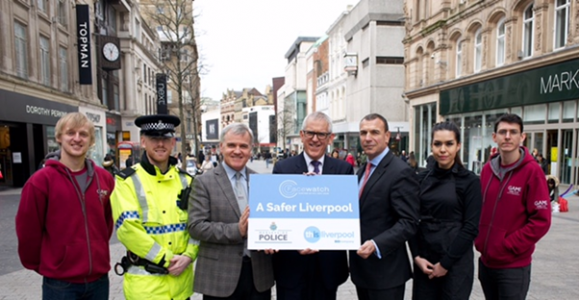 Digital Crime Reporting Aims to Cut Shop-lifting in Liverpool
Digital Crime Reporting Aims to Cut Shop-lifting in Liverpool
Liverpool BID Company and Merseyside Police have joined forces to help businesses report incidents online via Facewatch, an instant crime reporting tool that creates a digital evidence package containing statements and CCTV imagery.
Facewatch is primarily aimed at fighting shop-lifting, and also enables businesses to communicate with each other, sharing watch lists for known thieves and producing crime statistics for analysis. 40 retailers have signed up for the first phase of the project, which will also be used to target pick pockets, find missing people and assist with other investigations.
“Embracing new technology is crucial as we adapt to the challenges of modern day policing,” said Chief Inspector Greg Lambert of Merseyside Police. “This system saves time and money and enables us to offer a more efficient service to businesses – and importantly frees officers up to patrol the streets and fight crime.”
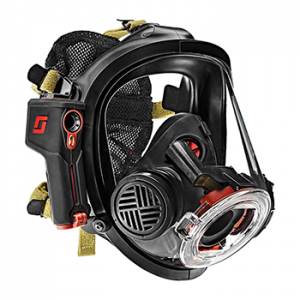 New Helmet Gives Firefighters a Thermal Imaging HUD
New Helmet Gives Firefighters a Thermal Imaging HUD
Thermal imaging cameras are already used by firefighters to help identify danger spots in fires and locate rescue targets more efficiently, but the technology hasnt been easy to use, especially within the often dark, smoky and disorienting environment of a blazing building.
Scott Safety aims to solve some of these issues by integrating a thermal camera display directly into its new firefighter mask, using a lightweight camera built into the helmet to feed images to a screen in the firefighters peripheral vision.
The device can dramatically increase the firefighters awareness and visibility in dark and smoky conditions, while also keeping their hands free of cumbersome thermal imaging equipment so they can focus on saving lives and extinguishing the flames.










